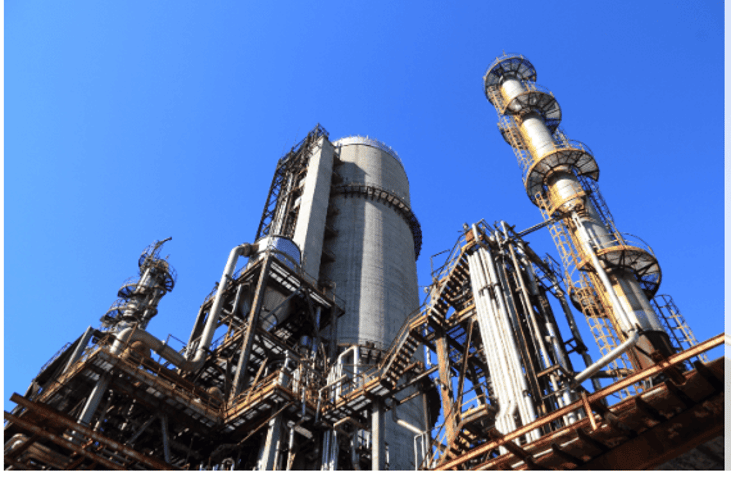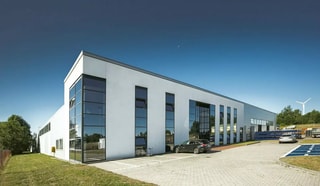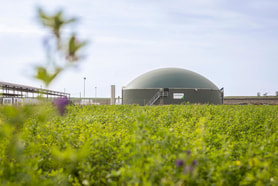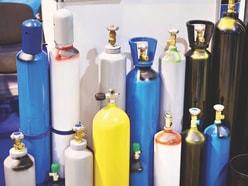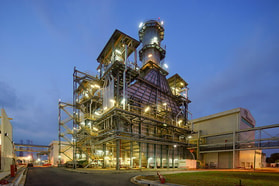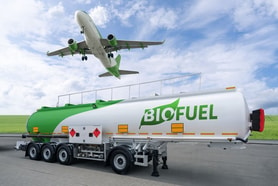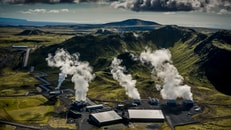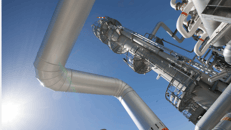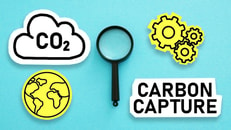New process gives CO2 conversion more “bang for the buck”
A new chemical process is giving carbon capture and conversion (CCC) “more bang for the buck” by more efficiently converting captured CO2 into multi-carbon products like ethylene, which are used in a wide range of everyday products from pharmaceuticals to plastics.
Researchers at the University of Sydney and the University of Toronto have devised a new acid-based electrochemical process for the conversion of CO2 captured from emission sources or directly from the air.
CCC is gaining momentum worldwide, with the Australian Academy of Science recently publishing a report urging the necessity of coupling carbon capture with a reduction in emissions to cap global heating at 1.5°C.
The new paper, published in Nature Synthesis, differs from previous CO2 conversion methods in that it uses an acidic – not alkaline or neutral – reactive chemical, with the experimental study rendering a twofold improvement in energy efficiency compared to the team’s previous benchmark work, when converting CO2 to multicarbon products such as ethylene and ethanol.
... to continue reading you must be subscribed

